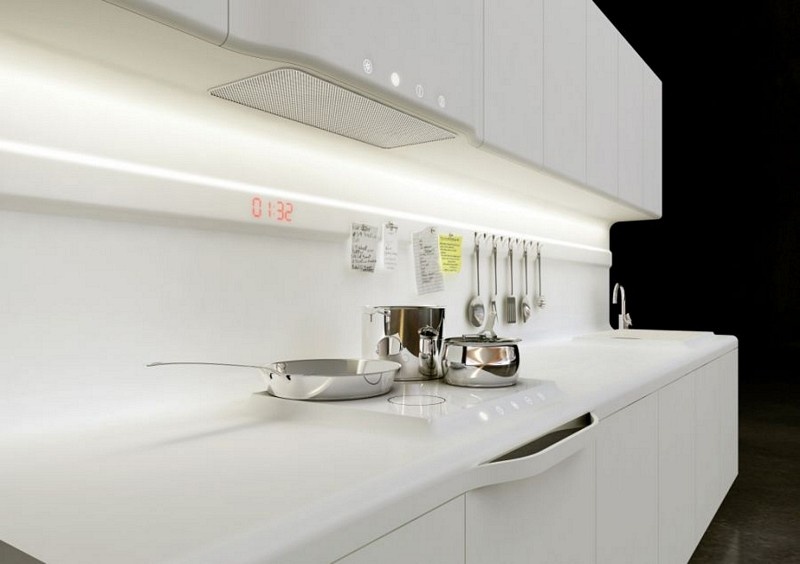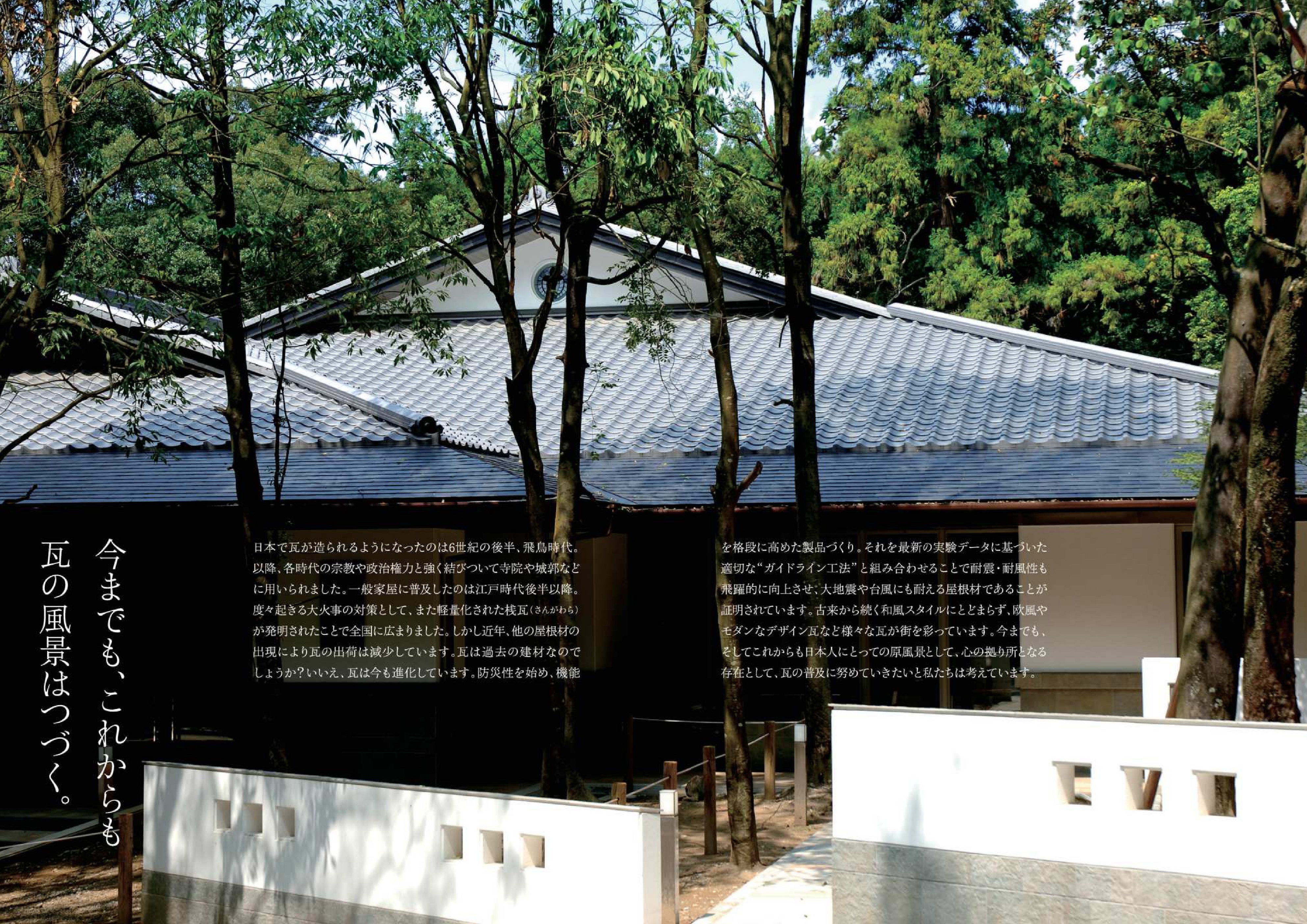Synthetic stone’s characteristics
Made from natural rock minerals and acrylic glue, synthetic stone has high stiffness, resistant to surrounding impacts, and therefore is often used for what are frequently affected like kitchen table, staircase, or table top.
Being a combination of synthetic materials, additives and coloring element, synthetic stone has the widest variety of colors, from monotone to …, twinkling … and grain. This is its advantage against natural stones. If you seek am outstanding appearance for your space, then synthetic stone is a good option, for there are many vibrant colors to choose from like red, orange or green, etc. In case you want a subtle space, synthetic stones also offer colors to your satisfaction.
Synthetic stone can be bent and curved, so there is no limitation in design ideas; you can freely create your desired living space. Joints during construction are hard to notice so the products look perfect.
Synthetic stones are used in making kitchen counter, tabletop, or sink as they are water-proofed, stain resistant, and easy to clean.
Advantageous as they are, synthetic stones still have some certain drawbacks. They are prone to scratches under great forces or after a long time of usage, causing glossiness to decrease and color to become dull, which can, however, be repaired with polishing services.
As they contain acrylic glue, when exposed to high temperature, synthetic stone may be distorted, which you should be careful about for the items to last a long time.
Under intense force, synthetic stones may even crack. In such cases, you can have construction workers mend them for you.
Marble’s characteristics

Marble is a metamorphic rock composed of recrystallized carbonate minerals, most commonly calcite (limestone). It is commonly used for sculpture, decoration and as a building material.
In terms of stiffness, marble is subpar to granite. However, it has more vivid natural grain and more vibrant colors than any other stone. Marble is porous and more permeable than granite. Therefore, without proper treatment, it might in the long run absorb water, dirt and change color, thus losing its original beauty. Because it is fragile, and hard to find comparable products, construction costs more than that of granite. Nonetheless, marble is still popular for its elegance. Its subtle cold tone will give you comfort, restfulness and a feel of luxury. Marble is often more expensive than granite and is used in paving places such as elevators, walls, or entrance halls.
Some kinds of marble currently popular in Vietnam are Carrara White (Italian), Volakas (Greek, Italian), Royal White (Chinese), Egyptian Gold (Egyptian), Kream Marfil (Spanish), Dark Emperador (Spanish), Light Emparador (Turkish), etc.
Granite’s characteristics

Granite is a common type of intrusive igneous rock. It is granular and phaneritic in texture. Granites can be predominantly white, pink, or gray in color, depending on their mineralogy.
Granite is stiff, impermeable and scratch resistant, therefore suitable to be used to pave the staircase, floor, or façade. It is used more broadly for being cheaper, easier to construct, and harder to break than marble. Vietnam is known for stone quarries in the Central. Granite here is durable and vibrant, even for buildings with great sunlight and wind exposure, and is appreciated over the world for its superiority in terms of stiffness as well as color fastness to granite in other countries such as China.
Popular granites in Vietnamese construction material market include: Black (Indian), Brazilian Red (Indian), English Brown (Indian), Mahogany (Norwegian), Black (Chinese), Mongolian Purple (Chinese), Suoi Lau White (Vietnamese), Phu Yen Black (Vietnamese), Binh Dinh Red (Vietnamese), etc.
In short, Marble and Granite are both currently prevalent in paving in the construction industry. They are elegant and thermal insulative, giving the house a wonderful blend of the classic and modern styles. They are also very durable.
Each of the three kinds of stone above has its own advantages and disadvantages that are suitable for different parts of the house or building. Choosing the right stone for the right place will give an amazing result.




